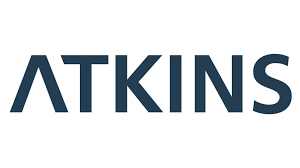Our Research
Construction projects are notorious for their organizational complexity, which necessarily effect the design and delivery of low and net-zero carbon (NZC) buildings. The Carbon Artifacts project focuses specifically on the role of artifacts – including the output of simulation exercises, documents with specific targets, virtual and physical models and the physical building – in the negotiation of specific building features and in professional understandings of NZC. This approach draws attention to the sociomaterial dimension of design and how it varies across disciplines and organizations. Architects and Engineers are trained to see the world differently; this research asks how these differences impact on the delivery of NZC.
The research compares six non-domestic buildings, including educational and commercial buildings and retrofit and refurbishment projects. Each project combines multiple goals, including NZC, Passivhaus, BREEAM Excellent, DfP and other ambitious sustainability targets . Industry partners include three high end architectural firms with reputations for excellence in sustainability and high performance building. Outputs from the research include industry reports and comparative case study analysis, aimed at reflecting on and improving firm level practice; teaching materials for professional training in the delivery of NZC building and academic papers on organizational and disciplinary challenges to the delivery of NZC buildings.
Our partners




